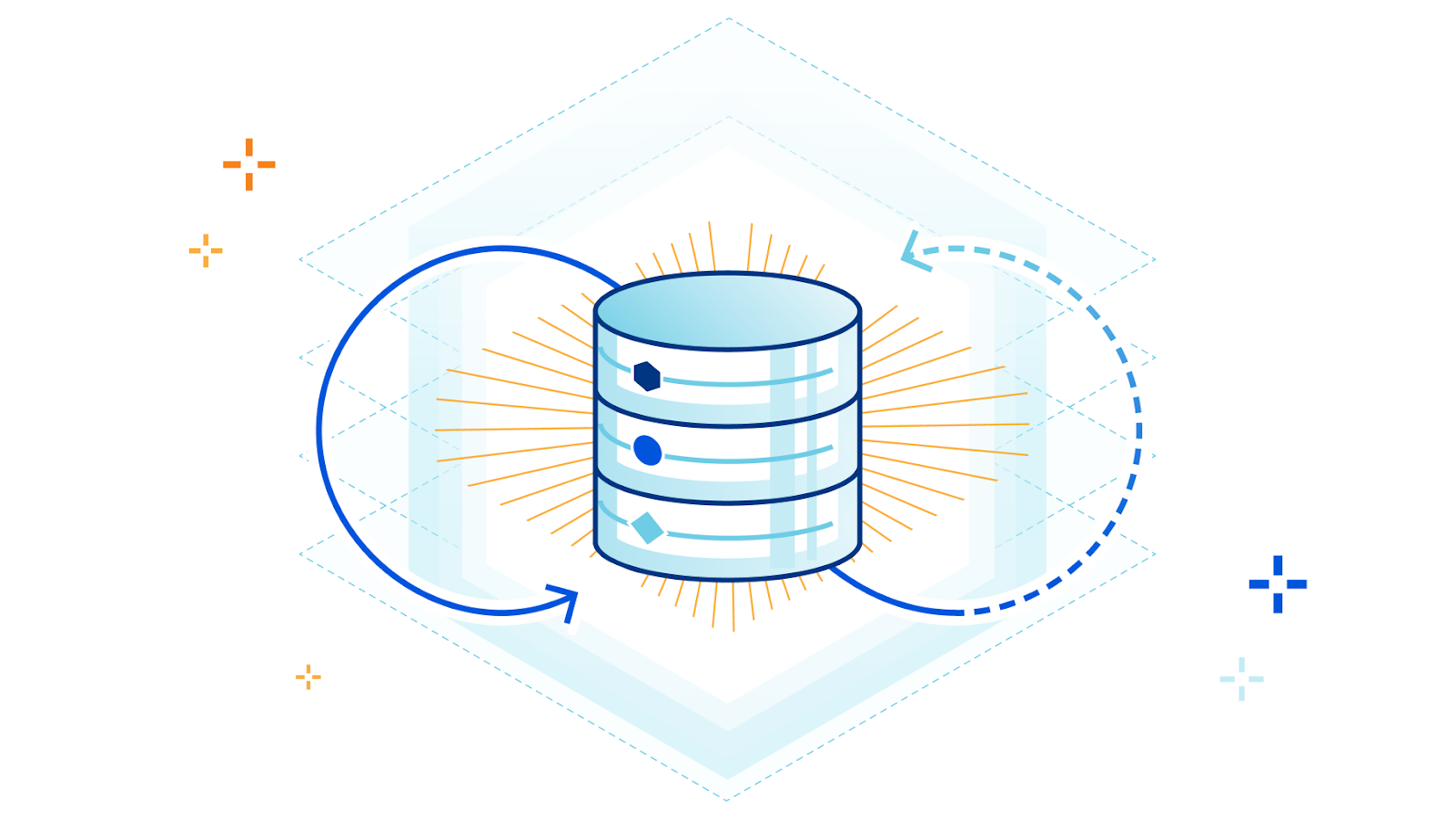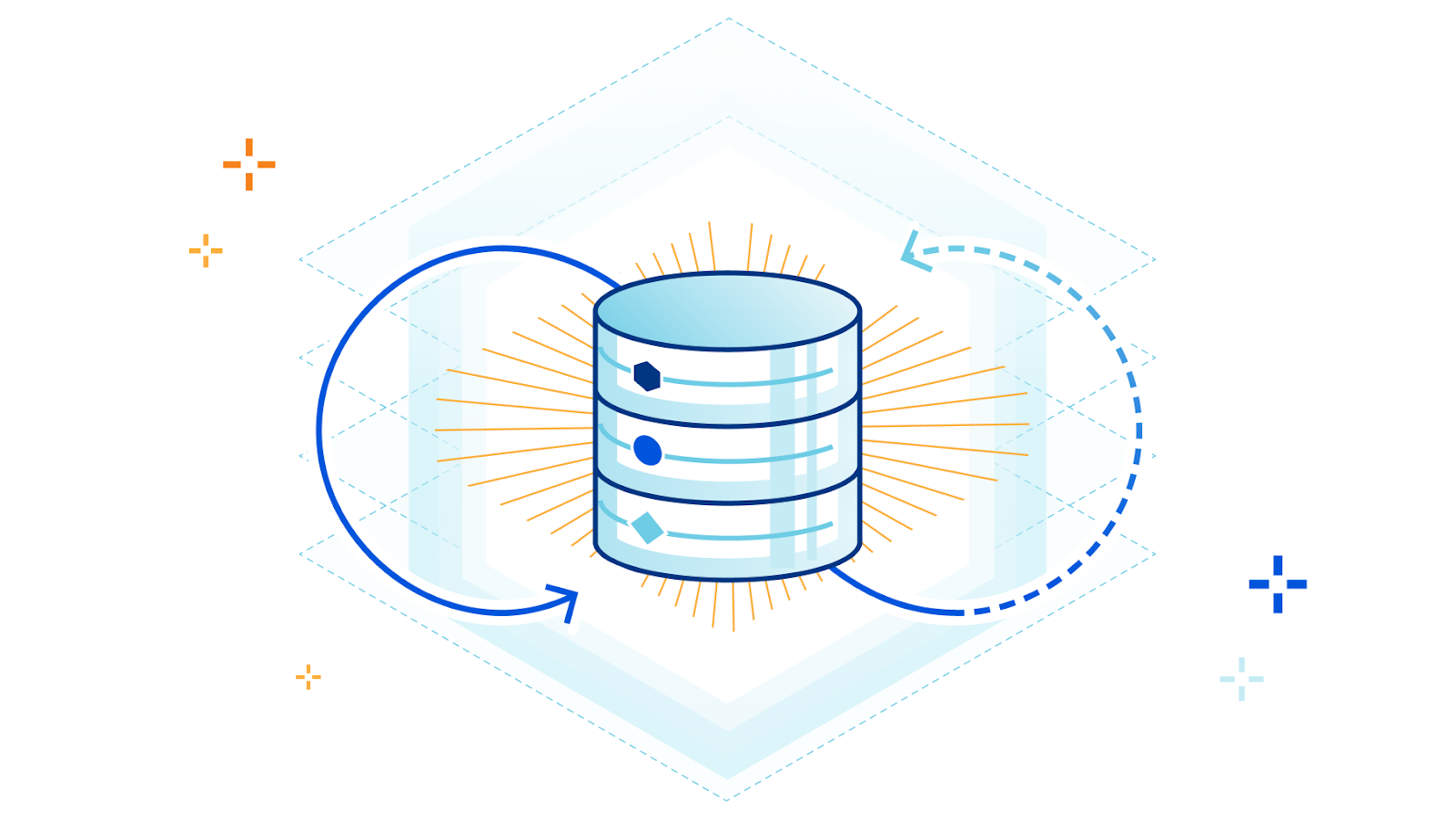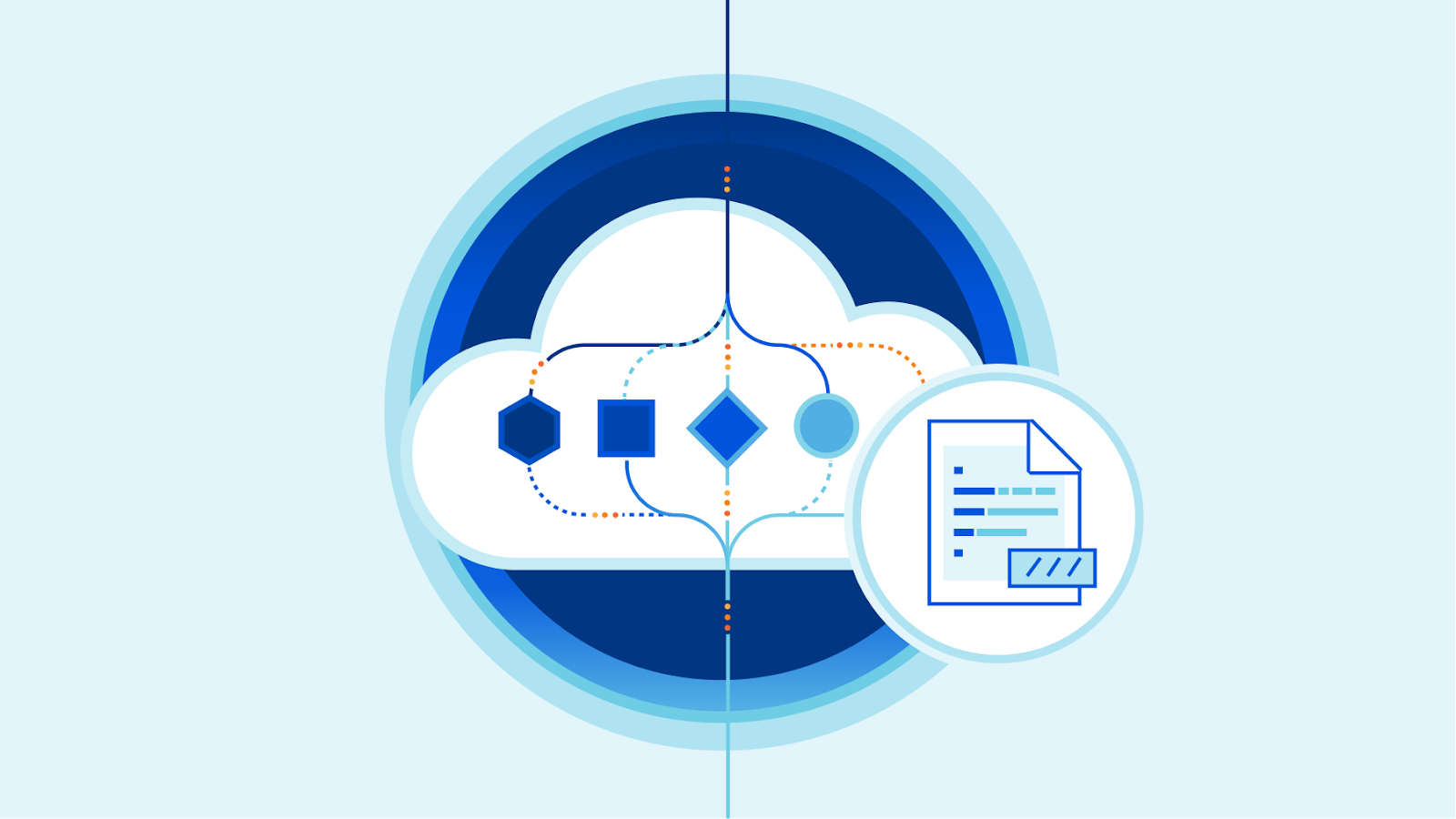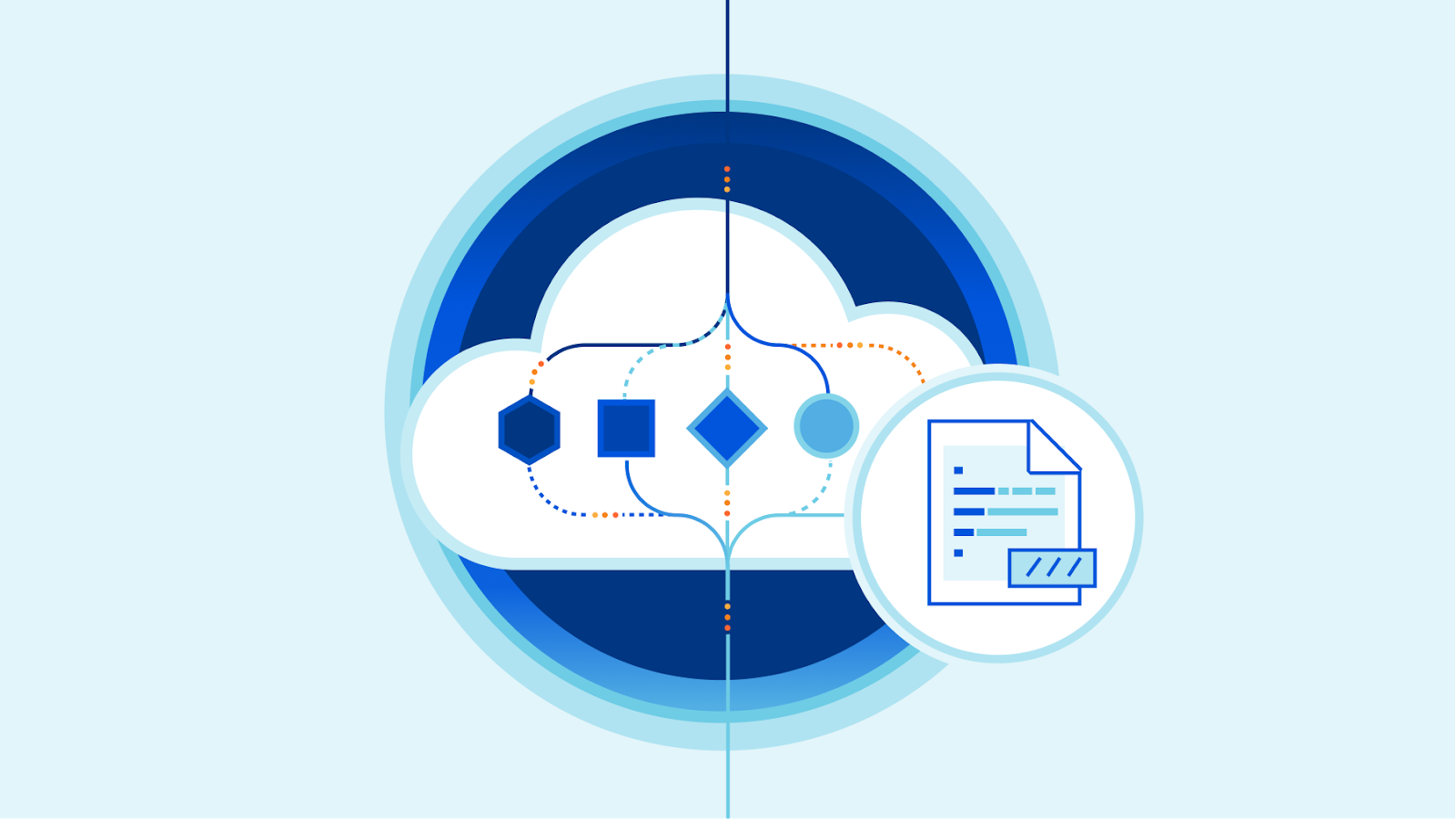Announcing the Cloudflare Images Sourcing Kit


When we announced Cloudflare Images to the world, we introduced a way to store images within the product and help customers move away from the egress fees met when using remote sources for their deliveries via Cloudflare.
To store the images in Cloudflare, customers can upload them via UI with a simple drag and drop, or via API for scenarios with a high number of objects for which scripting their way through the upload process makes more sense.
To create flexibility on how to import the images, we’ve recently also included the ability to upload via URL or define custom names and paths for your images to allow a simple mapping between customer repositories and the objects in Cloudflare. It's also possible to serve from a custom hostname to create flexibility on how your end-users see the path, to improve the delivery performance by removing the need to do TLS negotiations or to improve your brand recognition through URL consistency.
Still, there was no simple way to tell our product: “Tens of millions of images are in this repository URL. Go and grab them all from me”.
In some scenarios, our customers have buckets with millions of images Continue reading
Send email using Workers with MailChannels


Here at Cloudflare we often talk about HTTP and related protocols as we work to help build a better Internet. However, the Simple Mail Transfer Protocol (SMTP) — used to send emails — is still a massive part of the Internet too.
Even though SMTP is turning 40 years old this year, most businesses still rely on email to validate user accounts, send notifications, announce new features, and more.
Sending an email is simple from a technical standpoint, but getting an email actually delivered to an inbox can be extremely tricky. Because of the enormous amount of spam that is sent every single day, all major email providers are very wary of things like new domains and IP addresses that start sending emails.
That is why we are delighted to announce a partnership with MailChannels. MailChannels has created an email sending service specifically for Cloudflare Workers that removes all the friction associated with sending emails. To use their service, you do not need to validate a domain or create a separate account. MailChannels filters spam before sending out an email, so you can feel safe putting user-submitted content in an email and be confident that it won’t ruin your domain Continue reading
Route to Workers, automate your email processing


Cloudflare Email Routing has quickly grown to a few hundred thousand users, and we’re incredibly excited with the number of feature requests that reach our product team every week. We hear you, we love the feedback, and we want to give you all that you’ve been asking for. What we don’t like is making you wait, or making you feel like your needs are too unique to be addressed.
That’s why we’re taking a different approach - we’re giving you the power tools that you need to implement any logic you can dream of to process your emails in the fastest, most scalable way possible.
Today we’re announcing Route to Workers, for which we’ll start a closed beta soon. You can join the waitlist today.
How this works
When using Route to Workers your Email Routing rules can have a Worker process the messages reaching any of your custom Email addresses.

Even if you haven’t used Cloudflare Workers before, we are making onboarding as easy as can be. You can start creating Workers straight from the Email Routing dashboard, with just one click.

After clicking Create, you will be able to choose a starter that allows you to get Continue reading
Closed Caption support coming to Stream Live


Building inclusive technology is core to the Cloudflare mission. Cloudflare Stream has supported captions for on-demand videos for several years. Soon, Stream will auto-detect embedded captions and include it in the live stream delivered to your viewers.
Thousands of Cloudflare customers use the Stream product to build video functionality into their apps. With live caption support, Stream customers can better serve their users with a more comprehensive viewing experience.
Enabling Closed Captions in Stream Live
Stream Live scans for CEA-608 and CEA-708 captions in incoming live streams ingested via SRT and RTMPS. Assuming the live streams you are pushing to Cloudflare Stream contain captions, you don’t have to do anything further: the captions will simply get included in the manifest file.

If you are using the Stream Player, these captions will be rendered by the Stream Player. If you are using your own player, you simply have to configure your player to display captions.

Currently, Stream Live supports captions for a single language during the live event. While the support for captions is limited to one language during the live stream, you can upload captions for multiple languages once the event completes and the live event becomes an on-demand Continue reading
Stream with sub-second latency is like a magical HDMI cable to the cloud


Starting today, in open beta, Cloudflare Stream supports video playback with sub-second latency over SRT or RTMPS at scale. Just like HLS and DASH formats, playback over RTMPS and SRT costs $1 per 1,000 minutes delivered regardless of video encoding settings used.
Stream is like a magic HDMI cable to the cloud. You can easily connect a video stream and display it from as many screens as you want wherever you want around the world.
What do we mean by sub-second?
Video latency is the time it takes from when a camera sees something happen live to when viewers of a broadcast see the same thing happen via their screen. Although we like to think what’s on TV is happening simultaneously in the studio and your living room at the same time, this is not the case. Often, cable TV takes five seconds to reach your home.
On the Internet, the range of latencies across different services varies widely from multiple minutes down to a few seconds or less. Live streaming technologies like HLS and DASH, used on by the most common video streaming websites typically offer 10 to 30 seconds of latency, and this is what you can achieve Continue reading
Bring your own ingest domain to Stream Live


The last two years have given rise to hundreds of live streaming platforms. Most live streaming platforms enable their creators to go live by providing them with a server and an RTMP/SRT key that they can configure in their broadcasting app.
Until today, even if your live streaming platform was called live-yoga-classes.com, your users would need to push the RTMPS feed to live.cloudflare.com. Starting today, every Stream account can configure its own domain in the Stream dashboard. And your creators can broadcast to a domain such as push.live-yoga-classes.com.
This feature is available to all Stream accounts, including self-serve customers at no additional cost. Every Cloudflare account with a Stream subscription can add up to five ingest domains.
Secure CNAMEing for live video ingestion
Cloudflare Stream only supports encrypted video ingestion using RTMPS and SRT protocols. These are secure protocols and, similar to HTTPS, ensure encryption between the broadcaster and Cloudflare servers. Unlike non-secure protocols like RTMP, secure RTMP (or RTMPS) protects your users from monster-in-the-middle attacks.
In an unsecure world, you could simply CNAME a domain to another domain regardless of whether you own the domain you are sending traffic to. Because Stream Live Continue reading
Cloudflare Stream simplifies creator management for creator platforms


Creator platforms across the world use Cloudflare Stream to rapidly build video experiences into their apps. These platforms serve a diverse range of creators, enabling them to share their passion with their beloved audience. While working with creator platforms, we learned that many Stream customers track video usage on a per-creator basis in order to answer critical questions such as:
- “Who are our fastest growing creators?”
- “How much do we charge or pay creators each month?”
- “What can we do more of in order to serve our creators?”
Introducing the Creator Property
Creator platforms enable artists, teachers and hobbyists to express themselves through various media, including video. We built Cloudflare Stream for these platforms, enabling them to rapidly build video use cases without needing to build and maintain a video pipeline at scale.
At its heart, every creator platform must manage ownership of user-generated content. When a video is uploaded to Stream, Stream returns a video ID. Platforms using Stream have traditionally had to maintain their own index to track content ownership. For example, when a user with internal user ID 83721759 uploads a video to Stream with video ID 06aadc28eb1897702d41b4841b85f322, the platform must maintain a Continue reading
Announcing Pub/Sub: Programmable MQTT-based Messaging


One of the underlying questions that drives Platform Week is “how do we enable developers to build full stack applications on Cloudflare?”. With Workers as a serverless environment for easily deploying distributed-by-default applications, KV and Durable Objects for caching and coordination, and R2 as our zero-egress cost object store, we’ve continued to discuss what else we need to build to help developers both build new apps and/or bring existing ones over to Cloudflare’s Developer Platform.
With that in mind, we’re excited to announce the private beta of Cloudflare Pub/Sub, a programmable message bus built on the ubiquitous and industry-standard MQTT protocol supported by tens of millions of existing devices today.
In a nutshell, Pub/Sub allows you to:
- Publish event, telemetry or sensor data from any MQTT capable client (and in the future, other client-facing protocols)
- Write code that can filter, aggregate and/or modify messages as they’re published to the broker using Cloudflare Workers, and before they’re distributed to subscribers, without the need to ferry messages to a single “cloud region”
- Push events from applications in other clouds, or from on-prem, with Pub/Sub acting as a programmable event router or a hook into persistent data storage (such as R2 or Continue reading
How we built config staging and versioning with HTTP applications


Last December, we announced a closed beta of a new product, HTTP Applications, giving customers the ability to better control their L7 Cloudflare configuration with versioning and staging capabilities. Today, we are expanding this beta to all enterprise customers who want to participate. In this post, I will talk about some of the improvements that have landed and go into more detail about how this product works.
HTTP Applications
A quick recap of what HTTP Applications are and what they can do. For a deeper dive on how to use them see the previous blog post.
As previously mentioned: HTTP Applications are a way to manage configuration by use case, rather than by hostname. Each HTTP Application has a purpose, whether that is handling the configuration of your marketing website or an internal application. Each HTTP Application consists of a set of versions where each represents a snapshot of settings for managing traffic — Page Rules, Firewall Rules, cache settings, etc. Each version of configuration inside the HTTP Application is independent of the others, and when a new version is created, it is initialized as a copy of the version that preceded it.
An HTTP Application can be represented with Continue reading
Introducing Custom Domains for Workers


Today, we’re happy to announce Custom Domains for Workers. Custom Domains allow you to hook up a domain to your Worker, without having to fuss about certificates, origin servers or DNS – it just works. Let’s take a look at how we built Custom Domains and how you can use them.
The magic of Cloudflare DNS
Under the hood, we’re leveraging Cloudflare DNS to register your Worker as the origin for your domain. All you need to do is head to your Worker, go to the Triggers tab, and click Add Custom Domain. Cloudflare will handle creating the DNS record and issuing a certificate on your behalf. In seconds, your domain will point to your Worker, and all you need to worry about is writing your code. We’ll also help guide you through the process of creating these new records and replace any existing ones. We built this with a straightforward ethos in mind: we should be clear and transparent about actions we’re taking, and make it easy to understand.
We’ve made a few welcome changes when you’re using a Custom Domain on your Worker. First off, when you send a request to any path on that Custom Domain, your Continue reading
Introducing Pages Plugins


Last November, we announced that Pages is now a full-stack development platform with our open beta integration with Cloudflare Workers. Using file-based routing, you can drop your Pages Functions into a /functions folder and deploy them alongside your static assets to add dynamic functionality to your site. However, throughout this beta period, we observed the types of projects users have been building, noticed some common patterns, and identified ways to make these users more efficient.
There are certain functionalities that are shared between projects; for example, validating authorization headers, creating an API server, reporting errors, and integrating with third-party vendors to track aspects like performance. The frequent need for these patterns across projects made us wonder, “What if we could provide the ready-made code for developers to add to their existing project?”
Introducing Pages Plugins!
What’s a Pages Plugin?
With Pages Functions, we introduced file-based routing, so users could avoid writing their own routing logic, significantly reducing the amount of boilerplate code a typical application requires. Pages Plugins aims to offer a similar experience!
A Pages Plugin is a reusable – and customizable – chunk of runtime code that can be incorporated anywhere within your Pages application. A Continue reading
Our growing Developer Platform partner ecosystem


Deploying an application to the cloud requires a robust network, ample storage, and compute power. But that only covers the architecture, it doesn’t include all the other tools and services necessary to build, deploy, and support your applications. It’s easy to get bogged down in researching whether everything you want to use works together, and that takes time away from actually developing and building.
Cloudflare is focused on building a modern cloud with a developer-first experience. That developer experience includes creating an ecosystem filled with the tools and services developers need.
Deciding to build an application starts with the planning and design elements. What programming languages, frameworks, or runtimes will be used? The answer to that question can influence the architecture and hosting decisions. Choosing a runtime may lock you into using specific vendors. Our goal is to provide flexibility and eliminate the friction involved when wanting to migrate on to (or off) Cloudflare.
You can’t forget the tools necessary for configuration and interoperability. This can include areas such as authentication and infrastructure management. You have multiple pieces of your application that need to talk with one another to ensure a secure and seamless experience. We support and build standards Continue reading
Magic NAT: everywhere, unbounded, and lower cost


Network Address Translation (NAT) is one of the most common and versatile network functions, used by everything from your home router to the largest ISPs. Today, we’re delighted to introduce a new approach to NAT that solves the problems of traditional hardware and virtual solutions. Magic NAT is free from capacity constraints, available everywhere through our global Anycast architecture, and operates across any network (physical or cloud). For Internet connectivity providers, Magic NAT for Carriers operates across high volumes of traffic, removing the complexity and cost associated with NATing thousands or millions of connections.
What does NAT do?
The main function of NAT is in its name: NAT is responsible for translating the network address in the header of an IP packet from one address to another - for example, translating the private IP 192.168.0.1 to the publicly routable IP 192.0.2.1. Organizations use NAT to grant Internet connectivity from private networks, enable routing within private networks with overlapping IP space, and preserve limited IP resources by mapping thousands of connections to a single IP. These use cases are typically accomplished with a hardware appliance within a physical network or a managed service delivered by Continue reading
Introducing Workers Analytics Engine


Today we’re excited to introduce Workers Analytics Engine, a new way to get telemetry about anything using Cloudflare Workers. Workers Analytics Engine provides time series analytics built for the serverless era.
Workers Analytics Engine uses the same technology that powers Cloudflare’s analytics for millions of customers, who generate 10s of millions of events per second. This unique architecture provides significant benefits over traditional metrics systems – and even enables our customers to build analytics for their customers.
Why use Workers Analytics Engine
Workers Analytics Engine can be used to get telemetry about just about anything.
Our initial motivation for building Workers Analytics Engine was to help internal teams at Cloudflare better understand what’s happening in their Workers. For example, one early internal customer is our R2 storage product. The R2 team is using the Analytics Engine to measure how many reads and writes happen in R2, how many users make these requests, how many bytes are transferred, how long the operations take, and so forth.
After seeing quick adoption from internal teams at Cloudflare, we realized that many customers could benefit from using this product.
For example, Workers Analytics Engine can also be used to build custom security rules. You Continue reading
Announcing D1: our first SQL database


We announced Cloudflare Workers in 2017, giving developers access to compute on our network. We were excited about the possibilities this unlocked, but we quickly realized — most real world applications are stateful. Since then, we’ve delivered KV, Durable Objects, and R2, giving developers access to various types of storage.
Today, we're excited to announce D1, our first SQL database.
While the wait on beta access shouldn’t be long — we’ll start letting folks in as early as June (sign up here), we’re excited to share some details of what’s to come.
Meet D1, the database designed for Cloudflare Workers
D1 is built on SQLite. Not only is SQLite the most ubiquitous database in the world, used by billions of devices a day, it’s also the first ever serverless database. Surprised? SQLite was so ahead of its time, it dubbed itself “serverless” before the term gained connotation with cloud services, and originally meant literally “not involving a server”.
Since Workers itself runs between the server and the client, and was inspired by technology built for the client, SQLite seemed like the perfect fit for our first entry into databases.
So what can you build with D1? Continue reading
A New Hope for Object Storage: R2 enters open beta


In September, we announced that we were building our own object storage solution: Cloudflare R2. R2 is our answer to egregious egress charges from incumbent cloud providers, letting developers store as much data as they want without worrying about the cost of accessing that data.
The response has been overwhelming.
- Independent developers had bills too small for cloud providers to negotiate fair egress rates with them. Egress charges were the largest line-item on their cloud bills, strangling side projects and the new businesses they were building.
- Large corporations had written off multi-cloud storage - and thus multi-cloud itself - as a pipe dream. They came to us with excitement, pitching new products that integrated data with partner companies.
- Non-profit research organizations were paying massive egress fees just to share experiment data with one another. Egress fees were having a real impact on their ability to collaborate, driving silos between organizations and restricting the experiments and analyses they could run.
Cloudflare exists to help build a better Internet. Today, the Internet gets what it deserves: R2 is now in open beta.
Self-serve customers can enable R2 in the Cloudflare dashboard. Enterprise accounts can reach out to their CSM for onboarding.
Internal Continue reading
Introducing Cache Reserve: massively extending Cloudflare’s cache


One hundred percent. 100%. One-zero-zero. That’s the cache ratio we’re all chasing. Having a high cache ratio means that more of a website’s content is served from a Cloudflare data center close to where a visitor is requesting the website. Serving content from Cloudflare’s cache means it loads faster for visitors, saves website operators money on egress fees from origins, and provides multiple layers of resiliency and protection to make sure that content is reliably available to be served.
Today, I’m delighted to announce a massive extension of the benefits of caching with Cache Reserve: a new way to persistently serve all static content from Cloudflare’s global cache. By using Cache Reserve, customers can see higher cache hit ratios and lower egress bills.
Why is getting a 100% cache ratio difficult?
Every second, Cloudflare serves tens-of-millions of requests from our cache which equates to multiple terabytes-per-second of cached data being delivered to website visitors around the world. With this massive scale, we must ensure that the most requested content is cached in the areas where it is most popular. Otherwise, visitors might wait too long for content to be delivered from farther away and our network would be running inefficiently. Continue reading
Logs on R2: slash your logging costs


Hot on the heels of the R2 open beta announcement, we’re excited that Cloudflare enterprise customers can now use Logpush to store logs on R2!
Raw logs from our products are used by our customers for debugging performance issues, to investigate security incidents, to keep up security standards for compliance and much more. You shouldn’t have to make tradeoffs between keeping logs that you need and managing tight budgets. With R2’s low costs, we’re making this decision easier for our customers!
Getting into the numbers
Cloudflare helps customers at different levels of scale — from a few requests per day, up to a million requests per second. Because of this, the cost of log storage also varies widely. For customers with higher-traffic websites, log storage costs can grow large, quickly.
As an example, imagine a website that gets 100,000 requests per second. This site would generate about 9.2 TB of HTTP request logs per day, or 850 GB/day after gzip compression. Over a month, you’ll be storing about 26 TB (compressed) of HTTP logs.
For a typical use case, imagine that you write and read the data exactly once – for example, you might write the data to Continue reading
Durable Objects Alarms — a wake-up call for your applications


Since we launched Durable Objects, developers have leveraged them as a novel building block for distributed applications.
Durable Objects provide globally unique instances of a JavaScript class a developer writes, accessed via a unique ID. The Durable Object associated with each ID implements some fundamental component of an application — a banking application might have a Durable Object representing each bank account, for example. The bank account object would then expose methods for incrementing a balance, transferring money or any other actions that the application needs to do on the bank account.
Durable Objects work well as a stateful backend for applications — while Workers can instantiate a new instance of your code in any of Cloudflare’s data centers in response to a request, Durable Objects guarantee that all requests for a given Durable Object will reach the same instance on Cloudflare’s network.
Each Durable Object is single-threaded and has access to a stateful storage API, making it easy to build consistent and highly-available distributed applications on top of them.
This system makes distributed systems’ development easier — we’ve seen some impressive applications launched atop Durable Objects, from collaborative whiteboarding tools to conflict-free replicated data type (CRDT) systems for coordinating Continue reading
Watching Eurovision 2022 on Cloudflare Radar


The Eurovision Song Contest has a history that goes back to 1956, so it's even older than the European Union and one of its highlights over the years was being the first global stage for the Swedish group ABBA — Waterloo won the 1974 edition). This year, for the 66th edition, we have a dedicated page for Eurovision fans, journalists or anyone interested in following Internet trends related to the event taking place in Turin, Italy.
The contest consists of two semi-finals and a final. The first semi-final is today, May 10, at 21:00 CEST, the second is Thursday, May 12, at 21:00 CEST. And the final is on Saturday, May 14, at 21:00 CEST. We are using Central European Summer Time and not our usual (on Radar) UTC because that’s the timezone of most of the 40 countries that will take part in the contest. There will be 17 countries in the first semi-final, 18 in the second, and 25 in the final (the full list is here).
From countries to fan sites.
First, you can see the Internet traffic aggregate in all the 40 countries that are participating in Eurovision 2022. There’s also a Continue reading